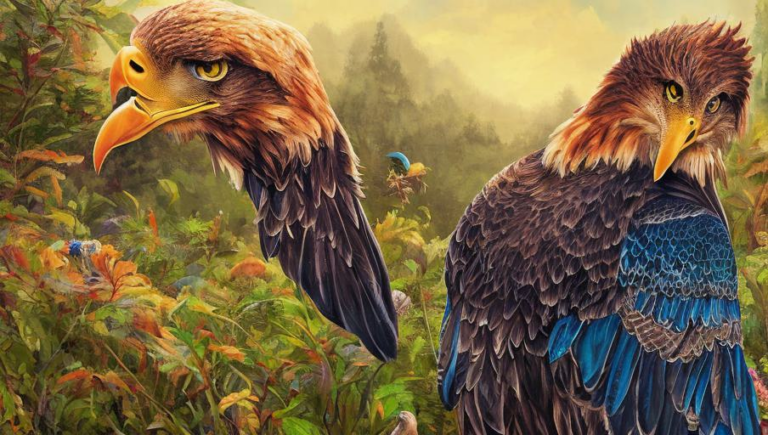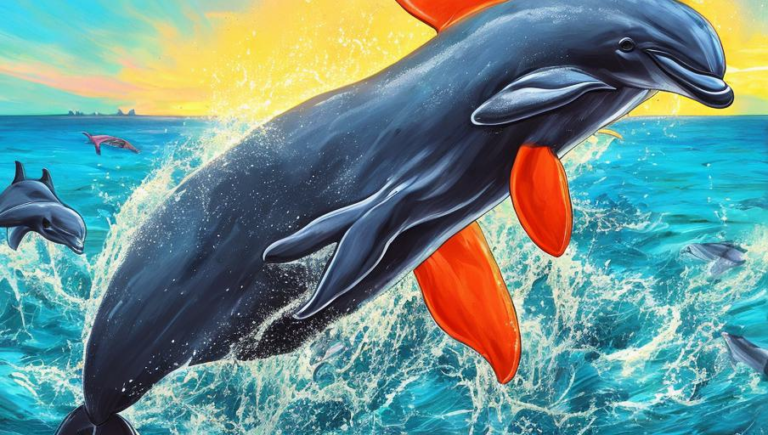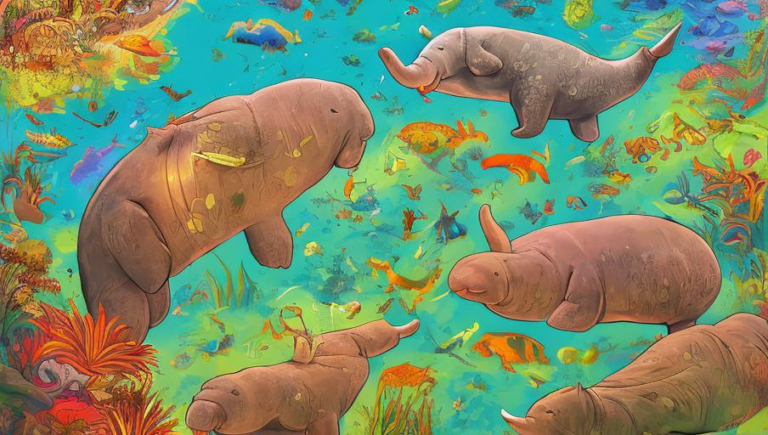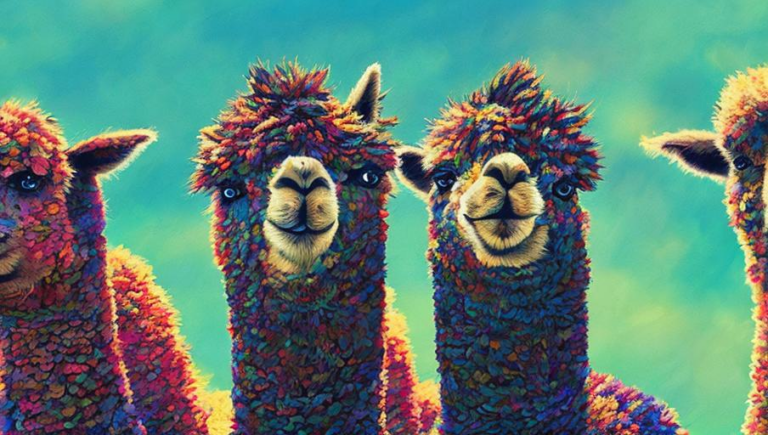A Dive into Dugong Behavior and Habits
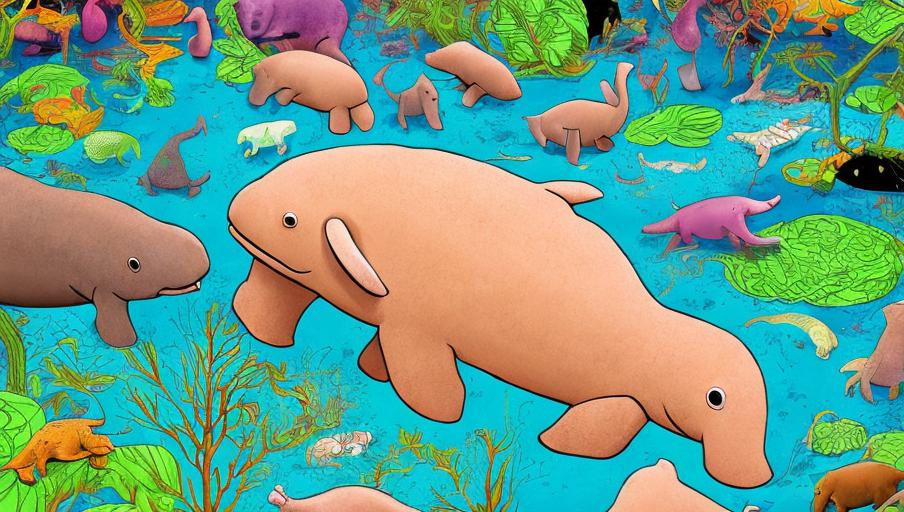
Introduction to Dugongs
Dugongs, sometimes referred to as “sea cows,” are large marine mammals that live in tropical and warm-water regions of the Indian and Pacific Oceans. These aquatic mammals are closely related to manatees and are actually the only living species in their family. Dugongs can grow up to 10 feet long and weigh up to 400 pounds. They have a flat, paddle-shaped tail and their bodies are covered in a coarse, gray-brown skin. Dugongs are incredibly slow-moving animals, but they can still reach speeds of up to 6 miles per hour when needed.
Diet
The main diet of dugongs consists of sea grasses, which make up about 90% of their diet. They also eat algae, invertebrates, and occasionally mangrove leaves. Dugongs have muscular lips that help them tear and pluck sea grasses from the sea floor. It is estimated that a single dugong can consume up to 40 kilograms of sea grass each day. This can be a challenge, as some sea grass beds can span across hundreds of kilometres. To help them locate the best food sources, dugongs rely on their excellent sense of smell.
Habitat
Dugongs live in shallow, coastal waters, often in estuaries and lagoons. They prefer warm, shallow waters with plenty of sea grass beds, as this is where they find their food. Dugongs are considered to be coastal animals, but they can travel far distances if needed. In fact, some have been known to travel up to 2,000 kilometres in a single year.
Social Behavior
Dugongs are considered to be relatively solitary animals and do not typically form large groups. However, when food is plentiful, they can be seen in groups of up to 10 individuals. During courtship and mating, males will compete with each other for the opportunity to mate with a female. If successful, the male will stay with the female for up to a month.
Conservation
Unfortunately, dugongs are considered to be vulnerable to extinction due to a number of threats. These threats include habitat loss, pollution, hunting, and entanglement in fishing nets. In addition, sea grass beds can be damaged or destroyed by human activities such as dredging, coastal development, and excessive boat traffic. As a result, the dugong population has decreased significantly in the last few decades and their range has become more limited. To help protect this species, it is important to reduce the threats they face and conserve their habitats.
Conclusion
Dugongs are fascinating and unique creatures that are an important part of the ocean ecosystem. They are slow-moving and rely on sea grasses for their diet, and they live in shallow, warm waters. Unfortunately, their population has decreased significantly due to a variety of threats, and it is important to take steps to protect them and conserve their habitats.
